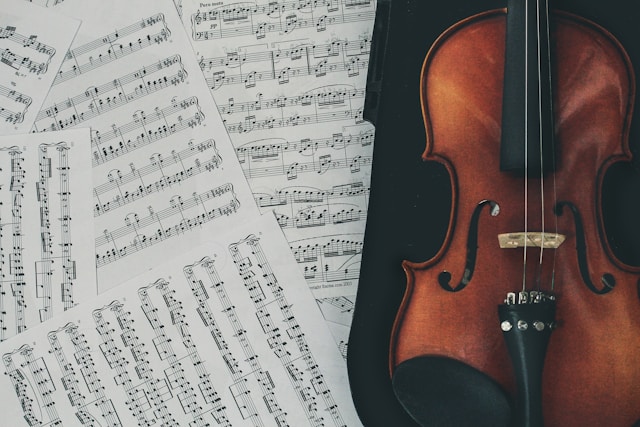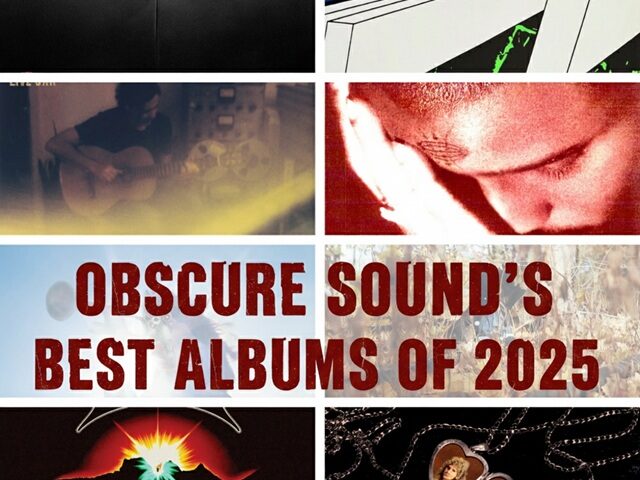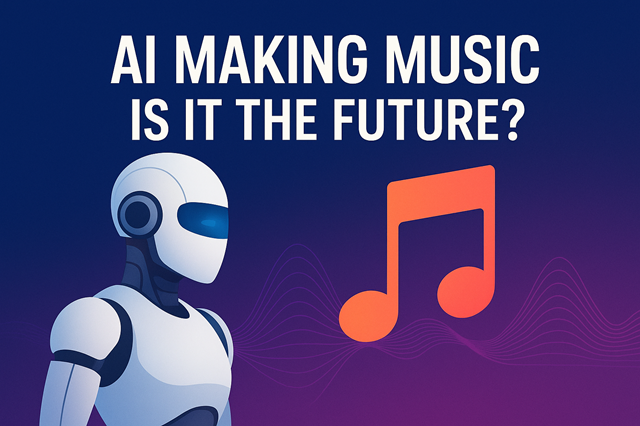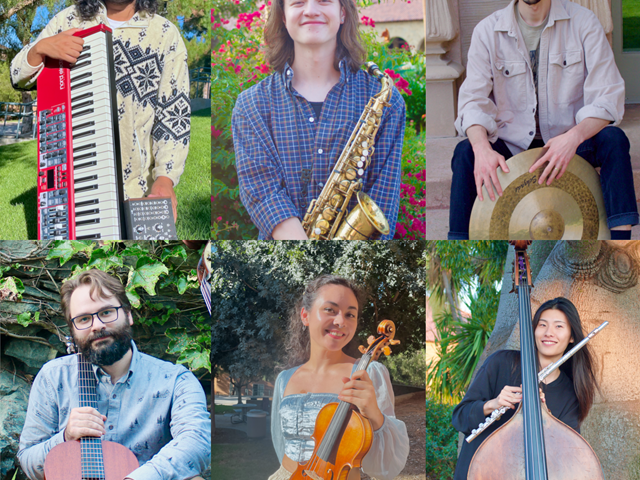
The world of music education is changing rapidly, driven by new technologies that offer many learning opportunities. Previously, the only way to learn music was through in-person lessons with a private instructor. Now, digital platforms and apps provide a new path.
This shift brings exciting possibilities and considerable challenges, making it vital for educators, parents, and students to discuss the optimal approaches to music education. Understanding these different methods is key to choosing the most effective and enriching ways to learn music today. A curious learner might even use a writing service like DoMyEssay to write an essay exploring the history of digital music education, showcasing the breadth of digital resources available today.
The Rise of Digital Learning
Music learning apps have made instrumental and vocal training accessible to far more people than ever before. These platforms use interactive exercises, gamification, and AI-powered feedback to create engaging, often self-paced, learning experiences.
From virtual sheet music that highlights notes as you play to rhythm games that improve timing, the digital world offers many powerful tools. This accessibility is great for those in remote areas or with busy schedules that prevent traditional lessons.
Popular Digital Learning Platforms
The digital music education landscape is rich with innovative applications designed for various instruments and learning styles. These platforms offer structured curricula, interactive practice, and performance feedback, empowering self-directed learning. Here are some widely recognized examples:
- Simply Piano: This popular app focuses on keyboard instruction, guiding users from beginner to advanced levels with a vast library of songs and exercises. It uses interactive feedback to help learners improve their playing accuracy.
- Yousician: Offering lessons for guitar, bass, ukulele, and piano, Yousician gamifies the learning process with challenges, songs, and interactive tutorials. It listens to your playing and provides instant feedback on timing and accuracy.
- Fender Play: Tailored for guitar, bass, and ukulele, Fender Play emphasizes learning through popular songs from various genres. Its video lessons are designed for beginners to quickly start playing tunes they love.
- Flowkey: Specifically for piano players, Flowkey provides interactive lessons and a large collection of popular songs. Users can learn at their own pace, with features like loop functions and a wait mode that waits for the correct notes.
- Melodics: This app focuses on developing rhythm and timing skills for drummers, pianists, and pad controllers. It uses a gamified interface to help users improve their musical timing and coordination through engaging lessons and challenges.
The Enduring Value of Traditional Instruction

Traditional in-person instruction, however, remains essential for many strong reasons in music education. The immediate, personalized feedback from a human teacher is incredibly valuable. An experienced instructor can spot subtle technical flaws, address musical nuances, and make real-time adjustments that an algorithm simply can’t.
Beyond technique, a teacher acts as a mentor, building discipline, critical listening, and a deeper appreciation for music. The human connection in a lesson also provides motivation and accountability, which can be hard to maintain in a self-directed digital setting.
Adaptability in Learning Experiences
A key difference lies in how adaptable the learning experience is. Digital platforms, while offering vast content, often follow a set curriculum. Even if some apps customize based on progress, they may struggle to change their path to fit individual learning styles or unexpected problems.
In contrast, a human teacher can tailor every lesson to a student’s unique needs, interests, and pace. They can identify specific areas needing more focus, introduce extra material on the spot, and adjust their teaching based on the student’s mood or energy. This personalized approach often leads to more effective and lasting learning.
Developing Performance Skills
Developing performance skills also shows a major difference. While apps let you play along with backing tracks or record yourself for analysis, they lack the immediate, critical ear of an experienced musician. A teacher can offer crucial guidance on dynamics, articulation, phrasing, and emotional expression.
These elements are what turn a technically correct performance into a truly musical one. Furthermore, playing in an ensemble, which is vital for musical development and fosters teamwork, is very limited in a purely digital setup, unlike traditional lessons that often lead to group opportunities.
Cost Considerations and Accessibility
Cost is a big factor for many families. Digital subscriptions are usually more affordable than ongoing private lessons, making music education available to more people. This financial benefit can be a starting point for many aspiring musicians, allowing them to try an instrument without a large initial cost.
However, it’s important to consider if the digital approach will lead to sustained engagement or significant progress. The long-term value of a strong musical foundation, often built through traditional teaching, can outweigh the initial savings of apps.
A Synergistic Approach
Ultimately, the best approach to music education today might not be one or the other but a combination of both. Digital tools can be excellent supplementary resources, offering practice aids, theory refreshers, and exploration opportunities outside of lesson time.
For beginners, apps can provide an accessible and low-pressure introduction to an instrument, helping them decide if they want formal instruction. For more advanced students, digital platforms can offer specialized training in areas like ear training, sight-reading, or music production.
Conclusion
Both digital learning platforms and traditional in-person instruction offer distinct advantages in music education. Apps excel in accessibility, affordability, and interactive practice. Traditional lessons provide unmatched personalization, detailed feedback, and the invaluable human connection that builds discipline and deep musical understanding.
By understanding the unique strengths of each approach, we can collectively guide the digital revolution in music education to empower the next generation of musicians.





